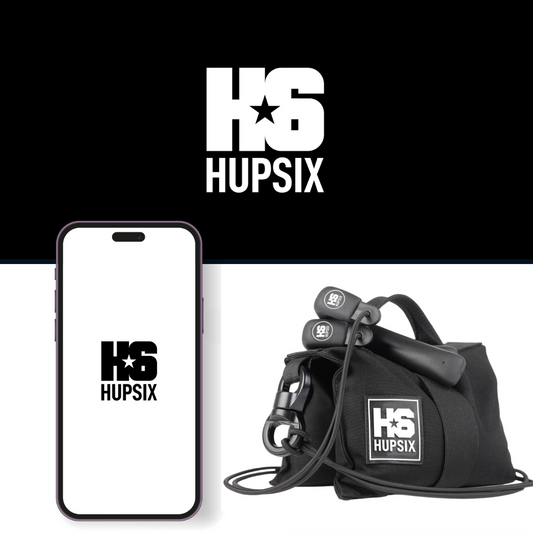
How to Calculate Heart Rate Zones (and Why They Matter)
Quick Answer: Your heart-rate zones show how hard your heart is actually working—that’s what turns movement into training. It’s easy to calculate them yourself, but most trackers like Garmin, Apple Watch, and Fitbit do it automatically and refine accuracy as they collect data.
For the most accurate readings, use a heart-rate chest strap; wrist sensors often miss spikes during dynamic workouts.
How to Calculate Your Zones
The simplest estimate uses the common formula: 220 minus your age.
Example (Age 45): Max = 220 – 45 = 175 bpm
Training Zones (based on % of Max)
- Zone 2 (60–70%): 105–123 bpm — light effort. Useful for recovery and longer easy sessions.
- Zone 3 (70–80%): 123–140 bpm — moderate cardio. Breathing deepens; you can talk but not sing. Helps maintain aerobic fitness.
- Zone 4 (80–90%): 140–158 bpm — vigorous cardio. Talking is hard, breathing is heavy. This is where your heart adapts and improves capacity.
- Zone 5 (90–100%): 158–175 bpm — maximum effort. Short bursts only; trains power and VO₂ max.
Bottom line: Zones 3–4 drive most cardiovascular improvement. Zone 2 builds a base but doesn’t create the same level of adaptation. If you never reach Zones 3–5, you’re active—but you’re not training your heart.
Why Zone Minutes Matter More Than Steps
You can log 10,000 steps and never hit the zones that actually improve your heart. Zone minutes tell you when your heart is working hard enough to adapt.
- Moderate: maintains fitness.
- Vigorous: improves fitness (counts double toward weekly targets).
Guidelines: The CDC and AHA recommend about 150 minutes of moderate or 75 minutes of vigorous cardio per week—vigorous minutes count as double toward those totals.
The Science in Plain English
- Aerobic fitness & longevity: Dr. Kenneth Cooper’s research showed that aerobic fitness—not steps—is a powerful predictor of long-term health.
- Healthy cardiac aging: Dr. Benjamin Levine’s studies found vigorous training helps preserve heart flexibility and function with age.
- Intervals work: Norwegian researchers Helgerud & Hoff demonstrated that short, high-intensity intervals improve endurance faster than long, easy efforts.
Bottom line: Intensity drives adaptation. That’s how you build an athletic heart.
Where HupSix Fits In
What HupSix is: HupSix is a fast-paced workout that improves the way you move using patented gear, bodyweight exercises, and audio cues to get you moving in sync to music that rocks.
Each guided session is 6 rounds in 30 minutes. The format keeps you engaged and in the moderate-to-vigorous zones where real cardio adaptation happens. In testing with chest-strap monitors, a 30-minute HupSix class often adds up to about 40–50 minutes of “cardio credit” because vigorous minutes count double toward weekly goals.
For accurate data, a heart-rate chest strap works best. We’ve tested workouts with Garmin monitors, and the results consistently show sustained time in the zones that matter for building endurance and cardiovascular strength.
FAQ
How do I calculate my heart-rate zones?
Subtract your age from 220 to estimate your max, then multiply by the zone percentages above.
Why do vigorous minutes count double?
Because that’s the level where your heart adapts and grows stronger, so most guidelines count one minute of vigorous activity as two minutes of moderate.
Want to Learn More About HupSix?
- Best Cardio Equipment Under $300 (Is HupSix Right for You?)
- Do This Instead of Running
- Best At-Home Workout for Retired Athletes
Risk-Free to Try
HupSix comes with a 30-day full refund—no questions asked. If life gets busy or it’s not your thing, you have 12 months to send it back for a prorated return. Every kit is covered by a lifetime gear warranty. Need help? We offer 1-on-1 support for personalized feedback anytime.
About the Author
Stephanie Harris is a certified personal trainer with over 20 years of experience training Fortune 500 executives to professional athletes. She’s the creator of HupSix, a patented, music-driven cardio system, and the founder of The DanceSocks, the original over-sneaker sock trusted by studios and instructors worldwide.


